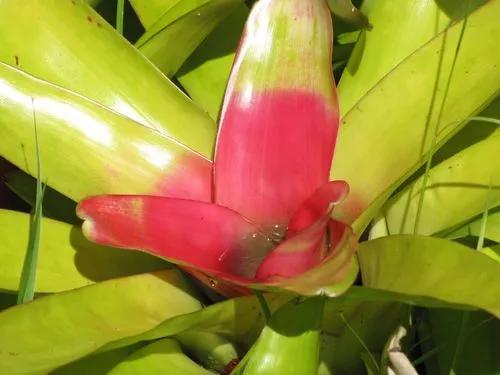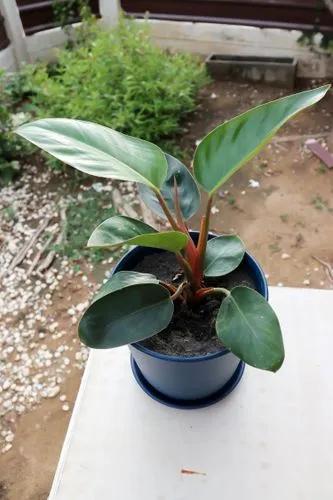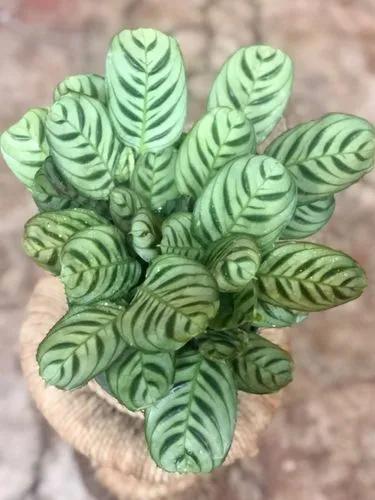Rhapis humilis has thinner stems and drooping leaf segments that give it a more graceful appearance.Slender lady palm is also exceptional as an accent or specimen plant, especially when groomed. Because dead leaves often persist on the stems, trim them off so that the graceful clump of slender stems can be enjoyed. Thin out stems to reinforce a Far East look.
Reed Rhapis, Fan Palm Care
Rhapis Humilis



Rhapis humilis, or Slender Lady Palm, is native to China. Rhapis palms have been cultivated for centuries and are very easy to grow. They form bamboo-like clumps and trunks are covered with a net of dark, fibrous leaf sheaths. The fan-like leaves are dark green. Even though Rhapis palms will reach 18 feet (nearly 6 meters) in nature, their size is easily controlled by pot size. Ours in the greenhouse is in a 10-gallon (44 liter) pot and is only 12 feet (nearly 4 meters) tall by 4 foot (1.2 meters) wide. They are very slow growers, which make them well suited for the home. (plantoftheweek.org) Editing by edric. Stems to 6 m tall, with sheaths 18–40 mm in diam., without 15–28 mm in diam. Leaf sheath closely sheathing the stem, fibers narrow, outer and inner fibers of similar thickness, producing a squared mesh, ligule remaining intact at maturity; petiole to 4 mm wide, sometimes minutely scabrid; blade with semi-circular to lunulate outline, with a conspicuous palman, segments 7–20, folds 16–36, to 440 mm long, sides slightly curved, apices oblique with irregular secondary splitting, primary splits to within 19-105 mm of the blade base, with tomentum at the base, brown papillae along the ribs, mostly adaxially, ribs scabrid, thick in texture, adaxial and abaxial surfaces similar in colour.
How to Care for the Plant

Popularity

25 people already have this plant 7 people have added this plant to their wishlists
Discover more plants with the list below
Popular articles






